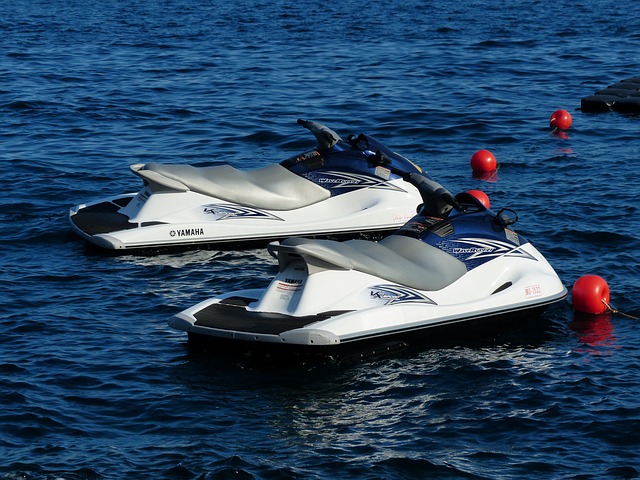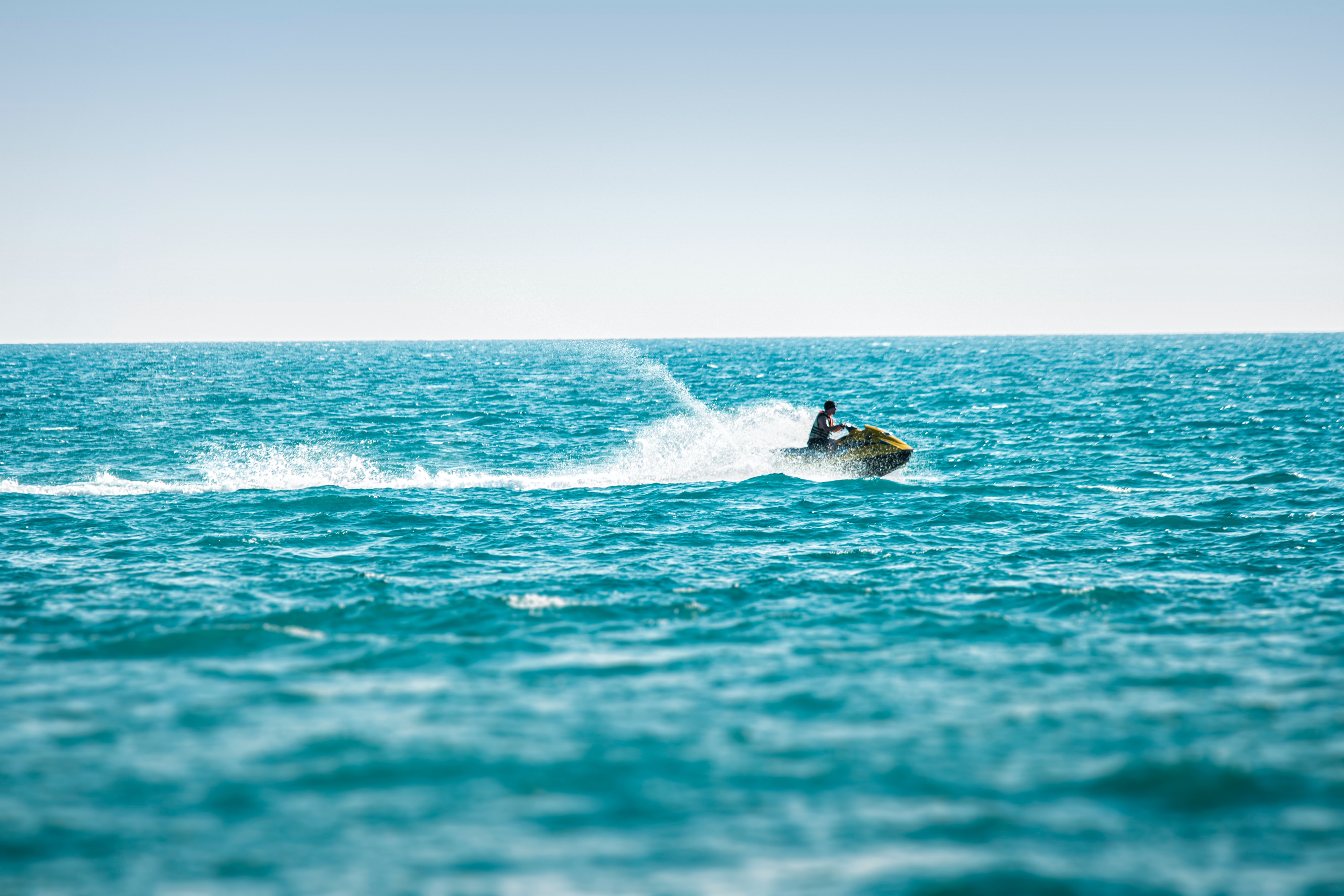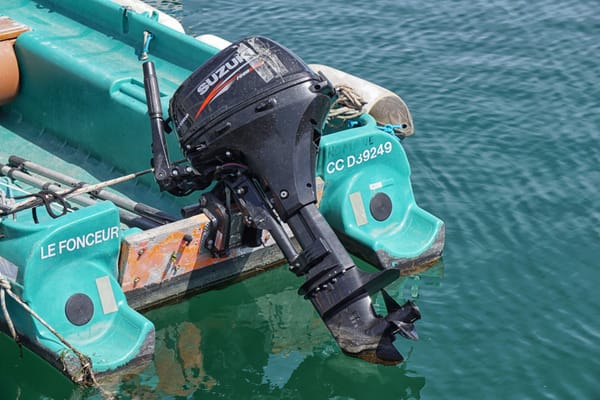PWC Maintenance: Keep Your Jet Ski in Top Shape

Zipping around the lake, cruising up the river or circling the bay on a sporty jet ski is always a fun way to spend the day. They’re even great in ocean waves. In fact, that trademarked water spout on the Yamaha WaveRunner was designed specifically for visibility in waves (hence the name, we assume).
Commonly called “jet ski” (even though that is a brand name by Kawasaki), the actual name for this fun vessel is personal watercraft (PWC). Whatever you choose to call them, they’re portable, compact and quicker and easier to dock and launch and load than a boat. They also don’t harm wildlife due to the fact that there’s no external propeller. Some private boat dock rentals may even have jet ski lifts, which is a huge benefit when it comes to storage, maintenance and ease of use.

Photo: Apexform (via Facebook)
For historic perspective, Kawasaki came out with its Jet Ski in 1973. Since then, several versions and brands of PWC have come on the market, including Yamaha’s WaveRunner and snow-mobile manufacturer Bombardier’s Sea Doo. From sit-down to stand-up to flipping tricks and wild stunts, the world has an affinity for the PWC. Didn’t we all want to see Mobius on a jet ski in the final episode of Loki (maybe next season, Marvel)?
Now that we’ve sold you on the PWC craze, let’s take a minute to learn how to keep that PWC in its best sporty condition. While PWCs don’t require quite the amount of maintenance as a boat, they still need routine check-ups, seasonal maintenance and winterization.

Photo: Pixabay
Our first need-to-know tip: If you have a brand-new jet ski, there is a “break-in period.” During the first hours (usually about five, but it differs, so please read your owner’s manual) of engine use, manufacturers advise to not go over certain speeds. The internal parts are all getting used to working together and “wearing in.” After this break-in period, it’s suggested that you change the oil and then you’re ready to head out from a boat slip for rent.
The second biggest way to prolong the life and enjoyment of a PWC is to always, always, always (did we say always?) rinse the hull and flush the intake after every ride. Saltwater is a no-brainer, but even fresh water can have algae, sand and weeds that can stain the hull, rot the footwells and clog the intake.
PWC Washing Tips
- Start with a level ski (if it’s not balanced, water could accumulate in each area)
- Remove plugs so water, sand, dirt and debris can drain out
- Spray thoroughly (but make sure water doesn’t get into electrical parts)
- Rinse out the seats, footwells and internal parts
- Be sure to rinse the trailer and tires as well

Seasonal Jet Ski Maintenance Tips
The following are tasks you should perform at the beginning of the riding season. It never hurts to periodically inspect throughout the season as well.
- Change the oil and check the battery for loose connections and to make sure it’s stable in place
- Check and add grease to seals and bearings
- Replace spark plugs
- Add grease to all seals and bearing fittings

After Each Ride
- Clean the ski thoroughly to remove salt, algae, sand and dirt
- Flush the intake and cooling system
- Check for any damage such as scratches, dents and dings
- Check for water in the bilge, which could indicate a leak
- Check the hull for disconnected hoses or leaks
- Inspect back pump for damage
- Use a cover to prevent sun, wind and weather damage

Additional Jet Ski Maintenance Tips
Keep it on a trailer on land or a private jet ski lift out of the water.
If at all possible, use non-ethanol fuel whenever filling up. Ethanol attracts water, which is bad for any fuel system. A small amount isn’t too bad, but fuel with more than 10% ethanol can cause engine damage. Use a marine fuel stabilizer at each fill-up if required for your particular PWC.

Photo: Pexels
Winterizing a Jet Ski
- Flush the engine cooling system and exhaust (if there’s water in the exhaust, it could freeze and cause damage)
- Change the oil, oil filter and fuel filter
- Inspect sacrificial nodes (these are the things that protect the engine from galvanic corrosion) and replace if necessary
- Remove spark plugs and add oil to each cylinder to prevent corrosion
- Remove the battery and store in a cool and dry place
- Store with a full tank of gas along with a marine fuel stabilizer
We hope this has helped with any questions you might have on jet ski maintenance. The minimal time and effort pay off when you show up at a boat dock for rent or ramp and your ski starts right up. Happy jetting!



